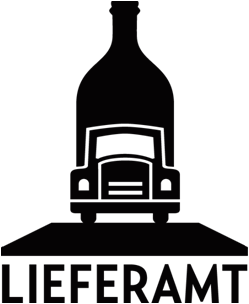
love at first sight
You can tell a lot about a wine just by looking at it. No, really, you can. Sommeliers and wine professionals use special skills to help them analyze a wine just by looking at it. Want to know what they are?
First get a piece of paper and a glass of wine. Sounds good already, right?

Hold your wine at a 40 * angle so you are looking through the wine over the paper. Be careful not to spill, you want to look cool.
A Moment of Clarity:
Can you see through the wine? Is it cloudy our clear?
A wine that is cloudy could indicate that the wine is either unfiltered, flawed, or aged.
Filtering wine takes out the little nasties (like microbes or yeasts) that might decide later to have a party in your bottle, ruining the wine. Filtering also clarifies the wine by removing sediment and making it more visually appealing. Not all wines are filtered. There are also winemakers who don't filter at all, believing that a wine looses its character when it is filtered.
Like unfiltered wine, flawed wine can also have a cloudy appearance. It was either poorly produced or improperly stored. So how do you know if a wine is flawed or just unfiltered? Flawed wine will have a bad smell like moldy wet cardboard or burnt rubber. If you think your wine might be flawed, give it a smell. You will know immediately. Trust me.
Okay, so your cloudy wine smells fine? Maybe you have an aged wine. As wine ages, these little things called tannins fall out of the wine creating a hazy appearance. What is a tannin? It is a substance that naturally exists in the skins, seeds, and stems of grapes. When you drink a wine with tannin, your mouth will be dry. Think: really strong black coffee. Got it? Where were we? Yes, so the tannins have fallen out of the wine creating a hazy appearance. What's left is a matured wine that has other nuances that have developed over time. Lucky you!
Show Me Some Color:
The color of the wine also has lots of clues about the age of the wine. Do you have a red wine that is dark purple? Or is it a brighter garnet color? Is it a pale white wine with a tinge of green? Or is it a darker straw yellow color? The color can tell you about the wine's age. Normally, white wines turn darker and red wines become lighter with age.
Another visual hint is called the rim variation. What, pray-tell, is rim variation, you ask? It is the change in color from the center of the wine to the rim of the glass. You can use rim variation to predict the age of a wine. Hold your wine over your piece of paper, and tilt the glass at an angle so you are able to look through the wine. If your wine is young, the color of the wine will not have much of a change in the rim variation. Conversely, if your wine has some age, the color change from the center of the wine to the rim of the glass will be more noticeable. See? Kinda cool, right?
Through Thick and Thin:

The next trick in analyzing wine is viscosity. Viscosity is the consistency of the wine. Is the wine thick or thin? Take your glass of wine and give it a swirl. A gentle swirl, because spilling it just makes you look uncool. The drips running down the inside of theglass are called "tears" or "legs". Tears can give you a hint to where the wine could have been produced and its alcohol content. If the tears run slowly, then the wine has a higher viscosity. A wine with a higher viscosity is an indicator of a warmer growing climate and higher alcohol/sugar content. A wine with tears that roll quickly down the inside of the glass is a clue that the wine is from a cooler growing climate and has a lower alcohol/sugar content.
Who knew you could learn so much about a wine by sight alone? Pretty cool, eh? Next up: Only the nose knows.
Now go on, drink your wine. You've been looking at it long enough!





















